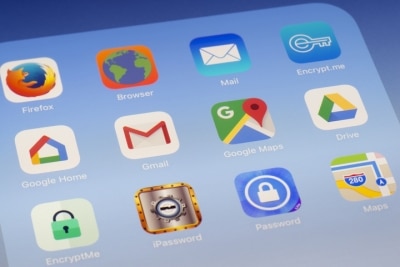5 Strategies for Creating Repeat Customers with Post‑Purchase Emails
December 18, 2019
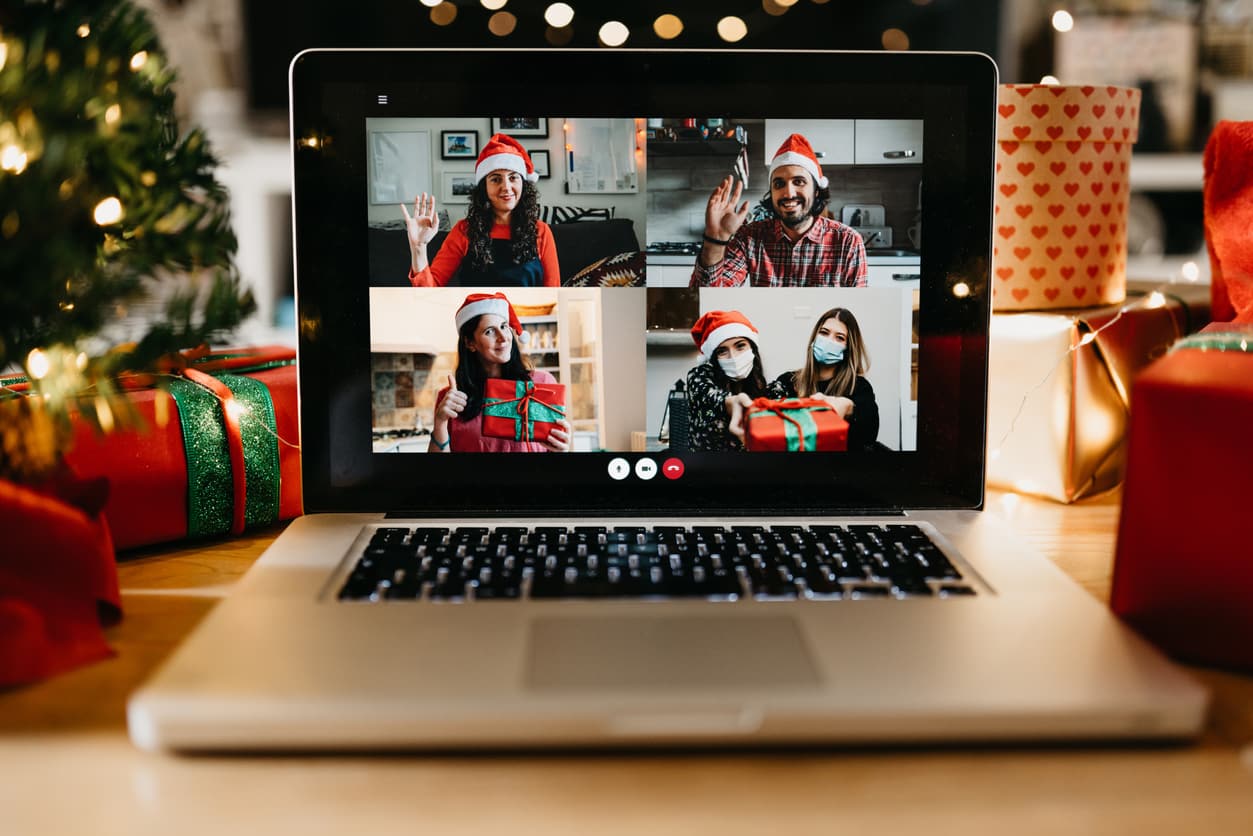
During the holiday season, it’s natural for any brand to see a ton of new customers. In fact, Marigold Engage by Sailthru research found that most retailers owe 32% of their holiday traffic to first-time shoppers. Those same marketers overwhelmingly cite email as the most effective channel for converting them into loyalists. Luckily, those two go together perfectly, as post-purchase emails offer no shortage of strategies for creating repeat customers after the holidays. Here are five of them:
Add Value with Content
Social listening platform NewsWhip found that 70% of consumers would rather learn about a brand through content than ads. Ideally that content is relevant, a door that a new purchase leads wide open. For example, a Google Home smart speaker has thousands of skills and if you just bought one, chances are, you haven’t gone beneath the surface yet. This post-purchase email from Best Buy is here to help.
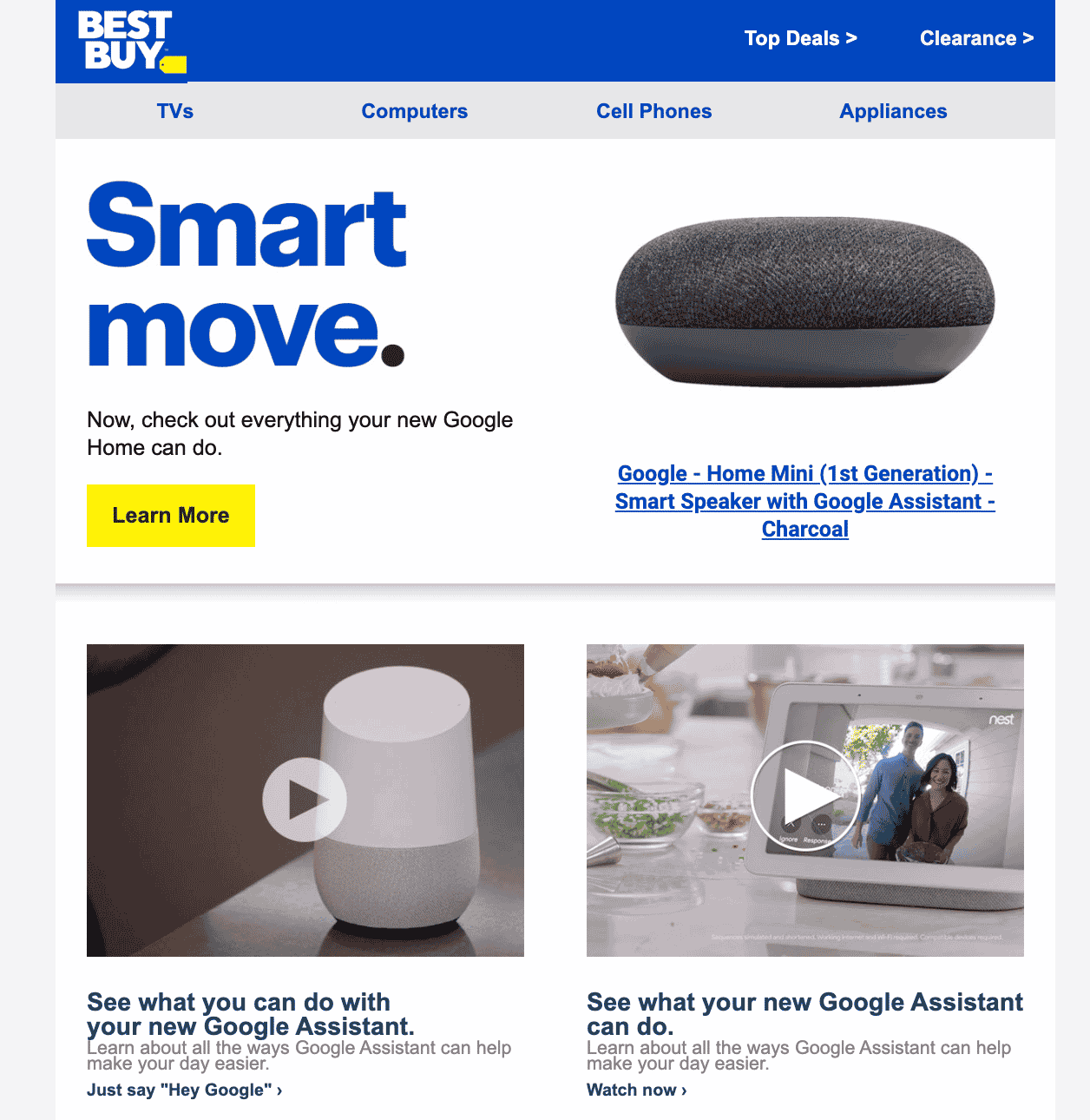
Promote Your Loyalty Program
If there’s any doubt that loyal customers are the best customers, look no further than Amazon, which invented a whole new (record-breaking) ecommerce holiday for its loyalty members. Strike while the iron is hot and promote your program in post-purchase emails, making sure your new customers learn all about its benefits.
Make Complementary Recommendations
According to the National Retail Federation, more than half of holiday shoppers purchased an item recommended by a retailer. Think about how much better your odds are when the customer has already purchased something from you. Post-purchase emails provide a prime opportunity to recommend complementary items. Or like Wayfair, you can make recommendations based on items that would work well with that recent purchase.
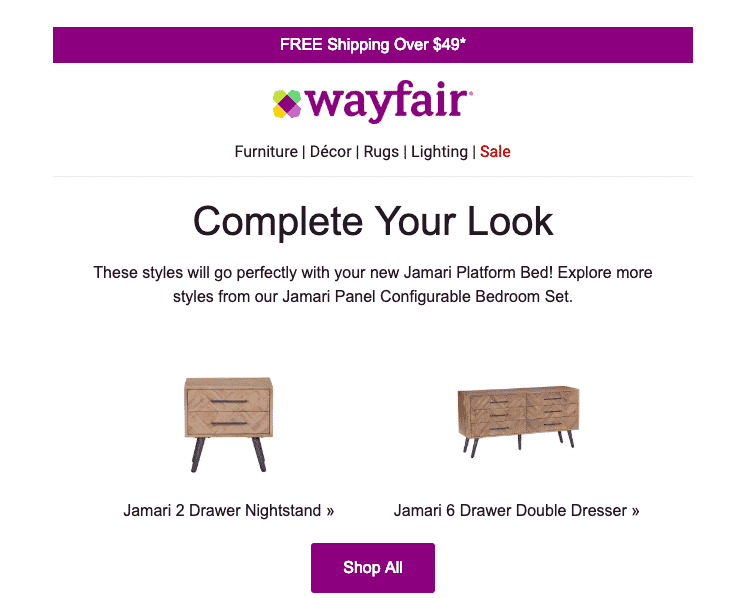
Incentivize the Next Purchase
In addition to being a big part of most retailers’ holiday strategies, discounts are a great way to encourage repeat purchases. L.L.Bean thanks new holiday shoppers for their purchases, a crucial component of post-purchase emails because it’s just good manners. That message is sweetened with a discount on a future purchase, either in-store or online. The February deadline is a nice touch, as it drives urgency, but only slightly so; the customer just bought something and may not be ready to revisit your site yet.
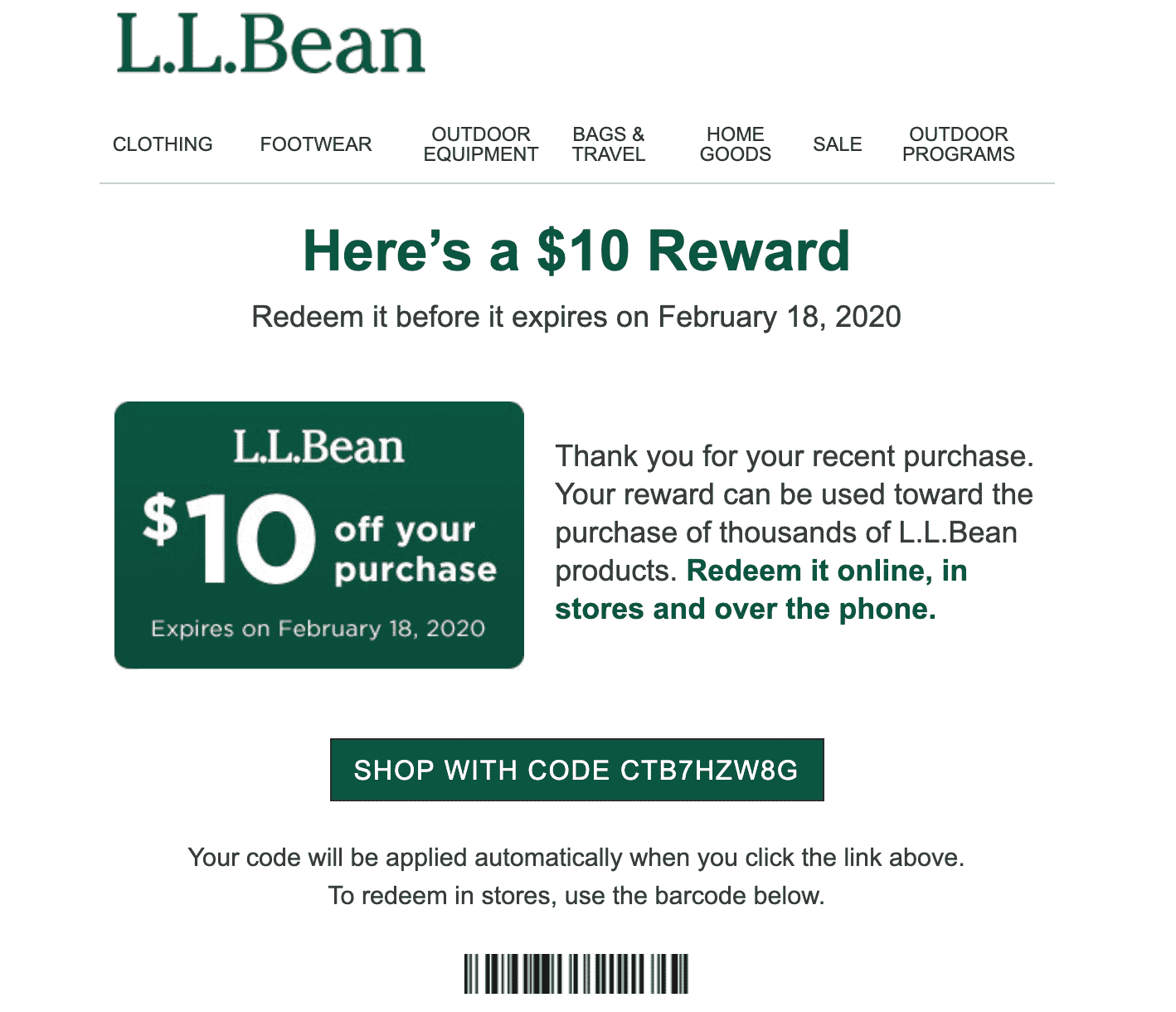
Put Predictions In Post-Purchase Emails
With predictive technology, marketers can look beyond what a customer did and tap into what they’re likely to do in the future. Use predictions to determine the probability of a customer buying again in the near future and adjust your messaging strategy accordingly. Predicting what a customer will buy and for how much allows you to recommend the right products and include the right discounts in post-purchase emails.
Looking for more tips for turning holiday shoppers into loyal customers? Download Marigold Engage by Sailthru’s 2020 Holiday Marketing Playbook here.
The State of Brand Loyalty in the U.S. in 2023
Related

